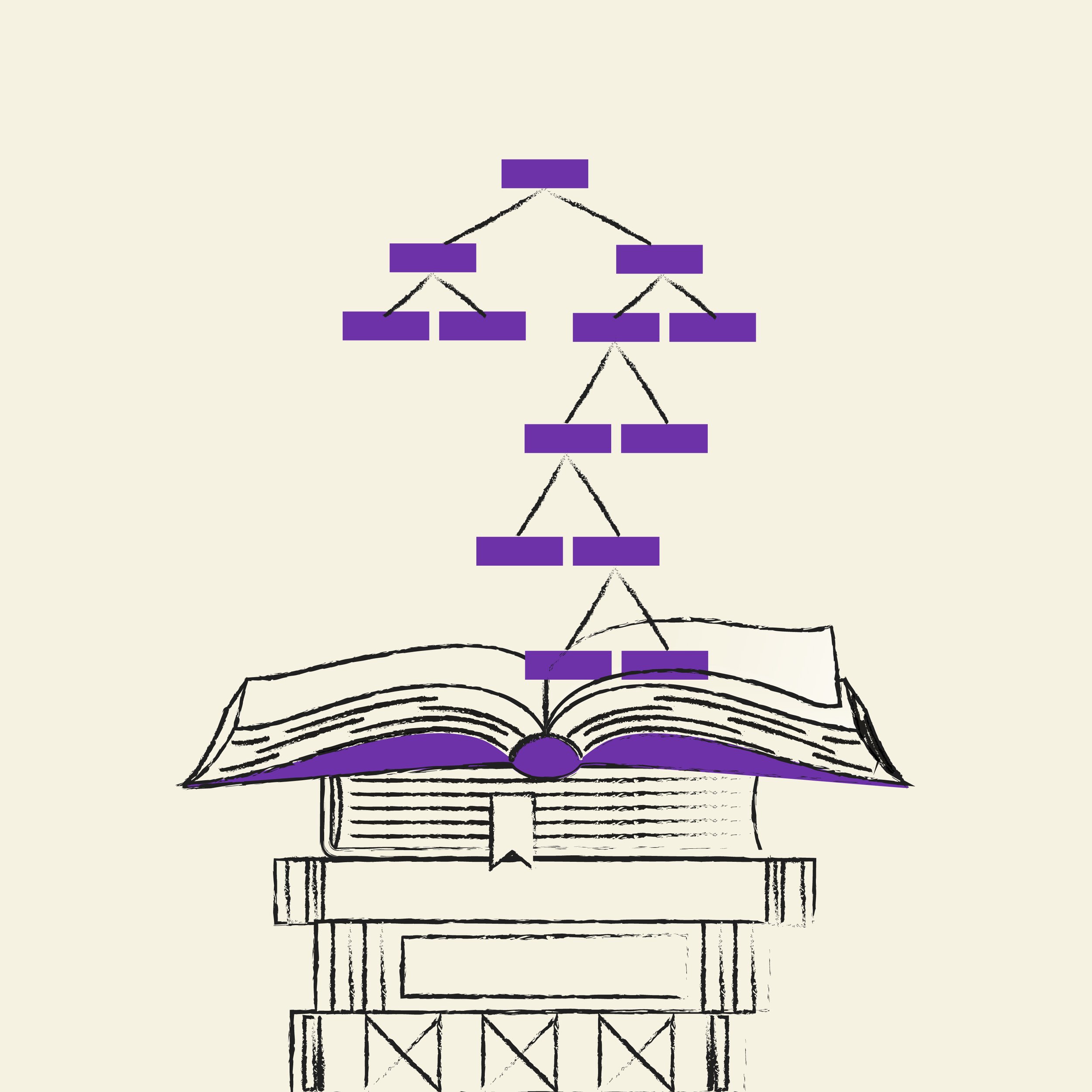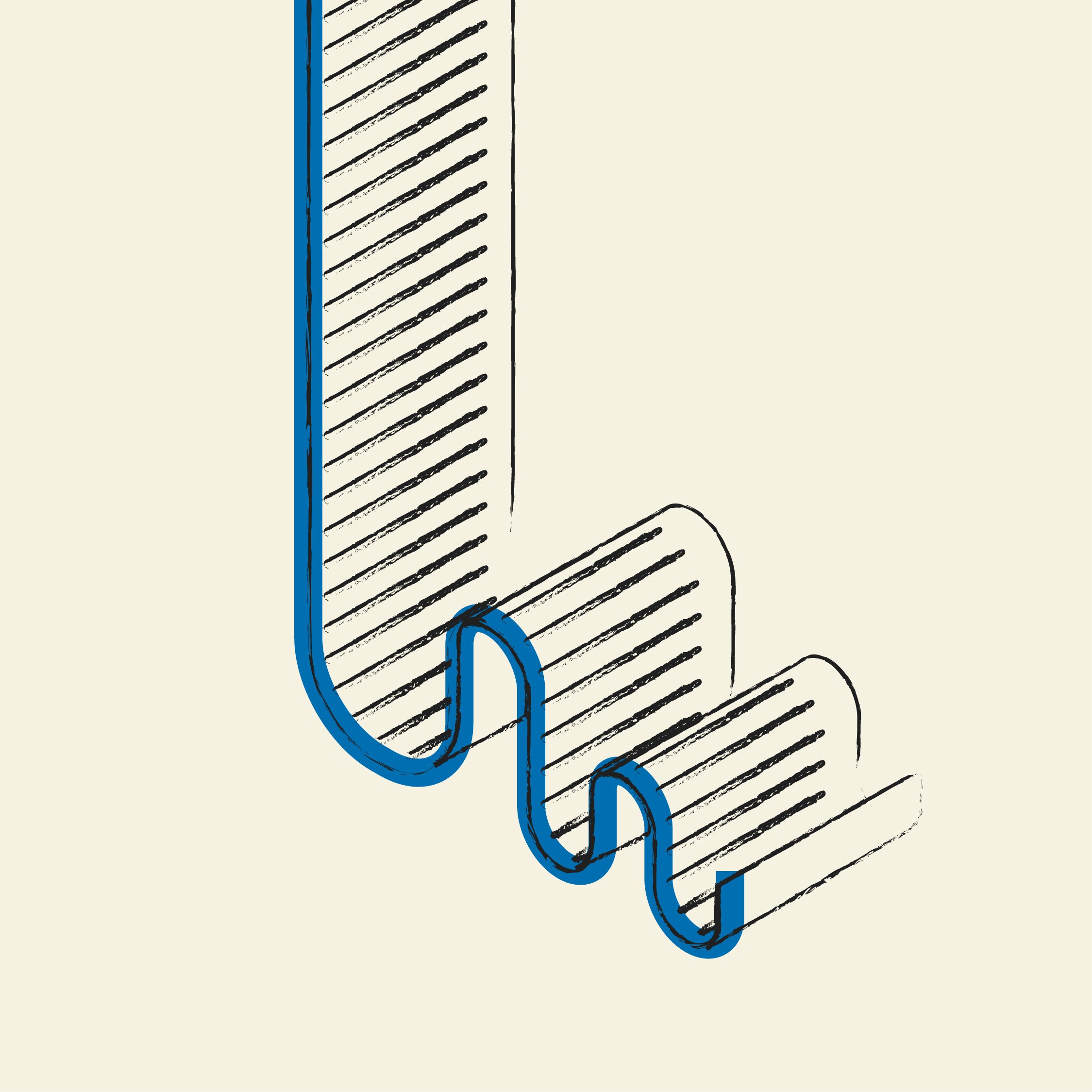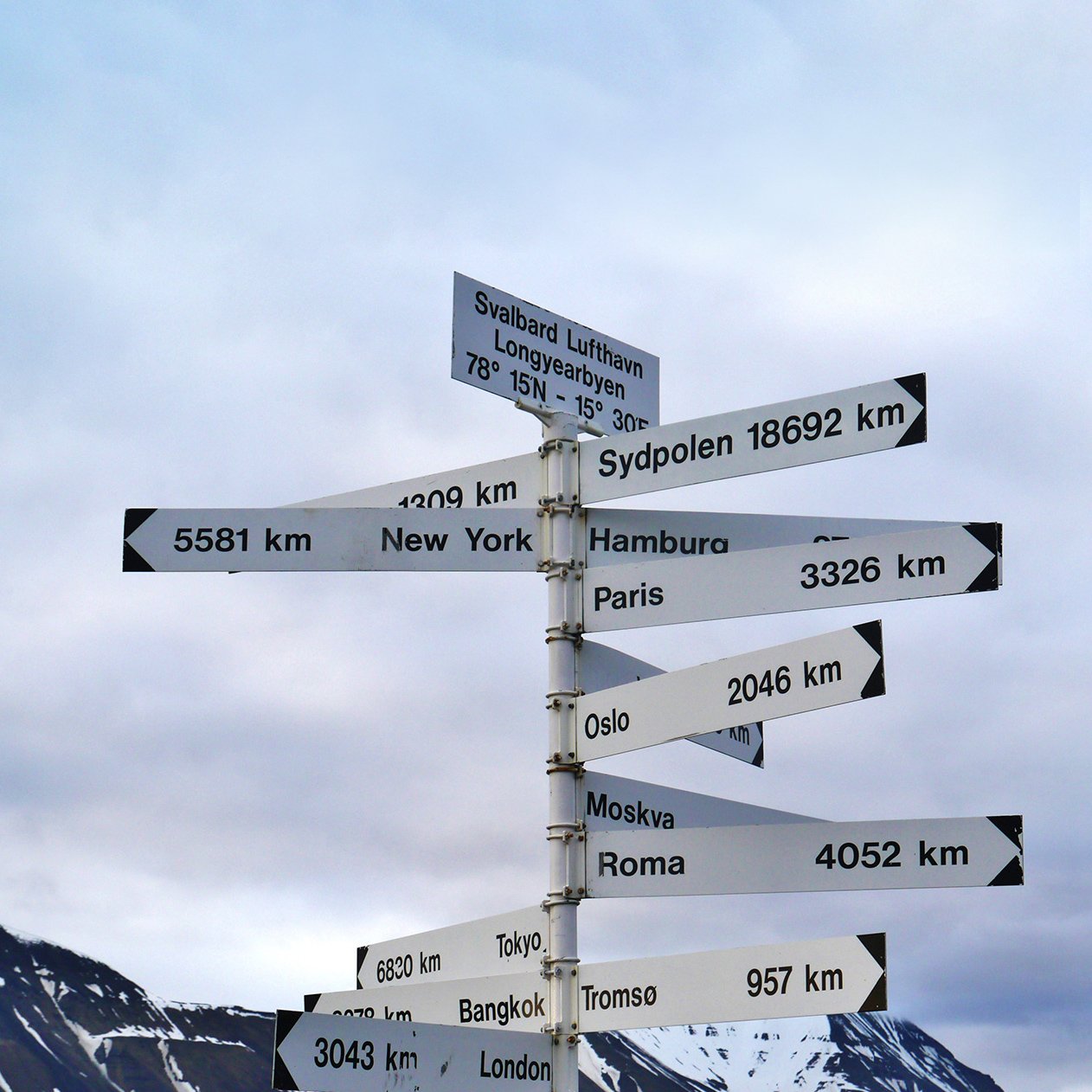A Last Wildness
Riding alongside the reindeer herders of Europe’s northernmost county.
DECEMBER 5, 2023
The Raggovidda wind park on Finnmarksvidda, Norway’s largest plateau. Across the country, wind energy projects are rising in formerly undeveloped landscapes and along the coastline of the Barents Sea.
TEXT BY BEN MAUK + PHOTOS BY CARLEEN COULTER
At seven o’clock one September morning, four reindeer herders on dirt bikes and ATVs drive up toward the peninsula whose tip is the northernmost point of mainland Europe. The peninsula is called Čorgašnjárga in Northern Sámi, the working language of the herders, and Nordkinn in Norwegian. Channels of wind come down the fjords on either side and whip the land clean. Near the coast of Lakesfjorden, the herders find reindeer gathered on the northern side of a wooden fence several miles long. They open a gate and begin to funnel the animals south toward a brown depression in the landscape, where, inside a labyrinth of pens, corrals, and fence-lined paths, several hundred more reindeer, and a dozen herders, are waiting.
In summer 2020, the waning days of the midnight sun, the photographer Carleen Coulter and I traveled across Troms og Finnmark, Europe’s northernmost county, following reindeer herders during calf-marking season. The county is curved like the blade of a knife, tracing the edge of a belt of land that crosses Norway, Sweden, and Finland into Russia’s Kola Peninsula. The region — known as Sápmi to the Sámi people who are its most longstanding inhabitants — is sometimes called Europe’s last wilderness. It is a rare sanctuary in the northern world, one where a lynx, stoat, or salmon might emerge into being, live out its hungry life, and die without encountering any evidence of humankind.
This wildness is now threatened, not only by climate change but by some of the very forces developed to combat that existential peril. The most visible sign of change is the wind turbine, hundreds of which are proposed for construction in Sápmi as part of Norway’s commitment to a climate-neutral future. Although its total output remains small compared to producers like Germany and Spain, Norway is home to one of the fastest-growing wind industries in the world, and tripled its onshore capacity between 2018 and 2020. Much of the growth is taking place in Troms og Finnmark, where wind farms have proven to be uncommonly productive. The 15-turbine Raggovidda wind park in East Finnmark, one developer told the Independent Barents Observer, “is the most efficient in Norway, in all of Europe — perhaps in the whole world.” It is so productive that its output has far outstripped the needs of its host municipality. Its owners sought and received a concession for the installation of extra power cables to export the electricity for profit. Plans for more ambitious wind parks, some with hundreds rather than dozens of turbines, are pending approval.
If you have hiked or driven past one, you will know the repetitive strangeness of a field of wind turbines. The effect is only enhanced near the Arctic Circle, where they are perched on treeless plateaus and holy mountains, surrounded by empty sky, each airfoil the size and shape of 747’s wing. Reindeer will not go near them, although the mountains, cool and lichen-covered, are important summer grazing pastures. As a result, the animals starve, overheat, or become disoriented and are hit by cars.
The corral where herders were marking reindeer that September is part of Norway’s second-largest herding district; Lágesduottar encompasses large tracts of public land in eastern Troms og Finnmark. There are nineteen reindeer concessions employing around one hundred people, as one linguist and herder present at the marking, Máret Laila Anti, explained, “from babies to great-grandmothers.” With few exceptions, only indigenous Sámi people are permitted to hold concessions in Norway. A concession cannot be bought or sold, only inherited or abandoned.
A group of Sámi reindeer herders mark yearlings at a corral near Ifjord, in East Finnmark. Global warming and its discontents have brought energy firms, foreign investors, and the Norwegian state into conflict with an indigenous pastoral economy.
Four wind power projects have been proposed within Lágesduottar district. Given the typical grazing paths of reindeer, the parks would also affect three other herding communities, totaling more than sixty concessions and about three-hundred people. If constructed, they would almost certainly spell the end of herding in the region. The extra work created by the wind parks—the loss of grazing grounds, the additional fences and labor required—would cause some herders to abandon their concessions. This would have a domino effect, Anti believed. Although reindeer themselves are family property, the land they graze is collectively managed, a division shared by nomadic pastoral societies around the world. Families gather together to make lighter work of marking and fence repair. “If two families leave,” Anti said, “the work on the others increases, and causes more to abandon herding, and the whole community will collapse.”
Like reindeer herding, wind energy requires huge reserves of land—between ten and a hundred times the land required by coal-fired electricity, according to one estimate. Because turbines are frequently the target of urban activists who complain that they obstruct views and kill birds, developers find space where they always have: on rural land used and occupied by disenfranchised minority and indigenous groups. In Norway, the rise of mega-farms has punctured reindeer migration paths and imperiled longstanding strategies of land management. Although herders make up only a small minority of Sámi communities in Norway, their loss is a potent symbol of these changes, resistance to which is often framed around the reindeer’s life cycle.
Following herders across landscapes filled with wind farms and proposed construction sites, we visited coastal fishing towns, camped along the last wild salmon refuge in Europe, and attended a plenary session of the Sámi Parliament, in Karasjok, where we met representatives who felt they had been silenced by large energy firms. One member of parliament, Maja Kristin Jama, came from a herding family who had grazed their reindeer in the Fosen herding district, now home to Europe’s largest onshore wind park. In 2020, Norway’s Supreme Court determined that the park had violated protected cultural rights, and in 2021 ruled its licenses invalid, but turbines are still operational and there are no plans to dismantle the site. “We can talk, we can discuss, we can protest, we can ‘have dialogues,’” Jama said. “But in the end, we can’t really affect these plans.”
Coulter’s photographs are concerned with markings of human activity both old and new: fences and corrals; prehistoric rock art; turbines; and the roads and high-voltage power lines that are signs of a coming wave of industrial development. They document the collision between a progressive industrialism on the one hand and indigenous conservationism on the other. For Sámi herders, the destruction of a herding economy means the degradation of their customs and the potential extinction of their language, both of which are inextricably tied to the management of reindeer. For many activists, the way these projects are framed – as the civilized world’s fight against climate catastrophe – amounts to “green colonialism.”
For proponents of wind power, however, reindeer herders stand in violation of the historical principle of progress, according to which the old must make way for the new. The transformation of Europe’s last wilderness into a profitable engine of electricity is, in their view, a necessary sacrifice. “Norway is on the offensive with their wind power policies,” one Sámi activist told me. “They say it’s the solution to climate change. But you cannot make innocent people, if I may frame Sámi people in that way, pay the price. It’s not our price to pay.”
Lene Anti, an apprentice herder, passes her practical examination during a day of calf marking. Around one-tenth of Norwegians identifying as Sámi are connected to the herding industry, a steadily decreasing figure.
A herder near Ifjord, part of the Lágesduottar herding district, where four wind energy projects are planned.
A turbine construction worker on Kvaløya, an island and year-round herding district. A 67-turbine energy project was completed in 2020.
For centuries, herders living in present-day Sweden and Finland traveled to the coast of Finnmark each year, following the reindeer migration cycle. When plans for the turbines on Kvaløya were approved in 2001, groups ranging from the Nature Conservation Association to the National Heritage Board objected.
Per Kitti holds one of two reindeer concessions on Kvaløya. As reindeer numbers have declined, the herding landscape has changed, including a rise in the colonizing purple-flowered willowherb Chamaenerion angustifolium.
A plenary meeting of the Norwegian Sámi Parliament in Karasjok. The parliament convened in a sports facility due to social distancing requirements during the Covid-19 pandemic.
In the eighteenth century, the Sámi homeland was divided across four territories that are now nation-states: Norway, Sweden, Finland, and Russia. With the exception of Russia, each has a Sámi Parliament. Norway’s, the oldest, was founded in 1989.
Divisions among herding, activism, and politics are highly permeable. Maja Kristin Jama (l) won her district election to the Sámi Parliament in 2020. Her family’s concessions at Fosen are threatened by Europe’s largest wind energy project. A hunter, fisher, and parliamentary leader, Beaska Niillas (r) is active in the fight against the 800-megawatt Daavi Wind Farm, energy from which a Finnish company plans to use to produce green ammonia.
Divisions among herding, activism, and politics are highly permeable. Maja Kristin Jama won her district election to the Sámi Parliament in 2020. Her family’s concessions at Fosen are threatened by Europe’s largest wind energy project.
A hunter, fisher, and parliamentary leader, Beaska Niillas is active in the fight against the 800-megawatt Daavi Wind Farm, energy from which a Finnish company plans to use to produce green ammonia.
Fluctuations in the weather caused by climate change have reduced the ability of reindeer to find food. Winter pastures can become “locked” under a layer of ice caused by rapid thawing and freezing.
Norway’s plans for East Finnmark include hundreds of wind turbines, miles of power lines, and thousands of acres of roads, perforating migration paths and shrinking reindeer habitats.
Norway’s plans for East Finnmark include hundreds of wind turbines, miles of power lines, and thousands of acres of roads, perforating migration paths and shrinking reindeer habitats.
This text has been updated for clarity.





















